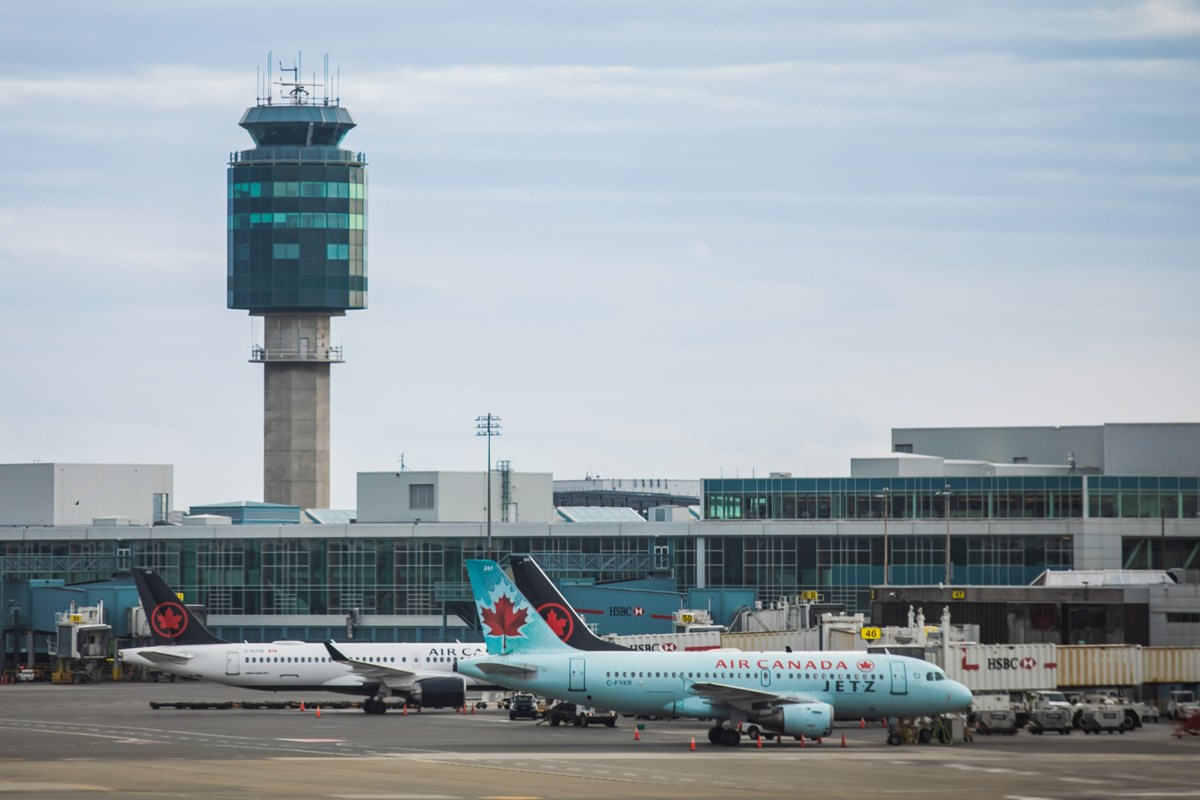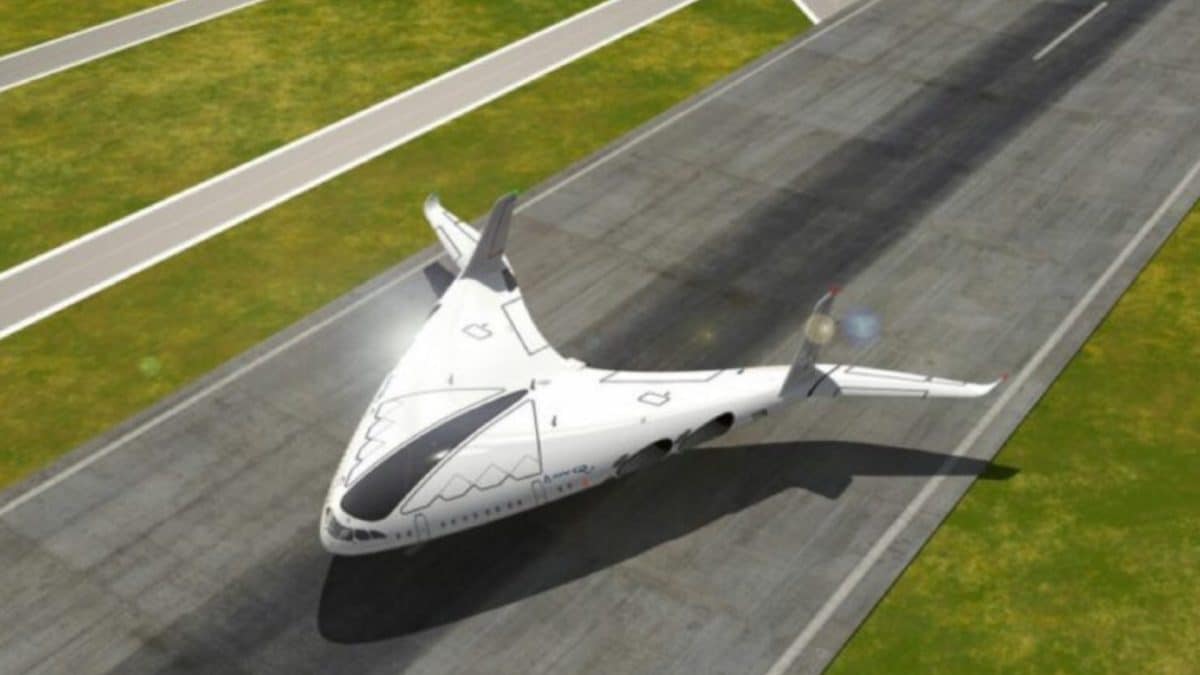
The UK aviation industry is exploring the potential of hydrogen flight to decarbonize its operations and meet net-zero emissions targets.
There has been increasing talk about the potential for hydrogen flight in recent years, as aviation companies look to decarbonise their operations. As passenger electric flight looks increasingly difficult to achieve, due to the heavy weight of existing electric batteries, airlines are exploring the potential for powering planes using hydrogen. To achieve this, they will need the backing of governments worldwide, as well as significant public and private investment in research and development in the hydrogen and aviation industries.
Aviation is categorised as a hard-to-abate industry, which still relies heavily on fossil fuels. In 2022, the global aviation industry contributed around two percent of the world’s carbon emissions. This figure is expected to continue growing as the demand for air travel increases in the coming decades unless an alternative, green energy source can be scaled for mass use in the industry. Member states of the International Civil Aviation Organisation have pledged to achieve net-zero carbon emissions by 2050, meaning that they must invest heavily in research and development into alternative energy sources to power flight, including electric batteries, hydrogen and sustainable aviation fuels…
There has been increasing talk about the potential for hydrogen flight in recent years, as aviation companies look to decarbonise their operations. As passenger electric flight looks increasingly difficult to achieve, due to the heavy weight of existing electric batteries, airlines are exploring the potential for powering planes using hydrogen. To achieve this, they will need the backing of governments worldwide, as well as significant public and private investment in research and development in the hydrogen and aviation industries.
Aviation is categorised as a hard-to-abate industry, which still relies heavily on fossil fuels. In 2022, the global aviation industry contributed around two percent of the world’s carbon emissions. This figure is expected to continue growing as the demand for air travel increases in the coming decades unless an alternative, green energy source can be scaled for mass use in the industry. Member states of the International Civil Aviation Organisation have pledged to achieve net-zero carbon emissions by 2050, meaning that they must invest heavily in research and development into alternative energy sources to power flight, including electric batteries, hydrogen and sustainable aviation fuels…












